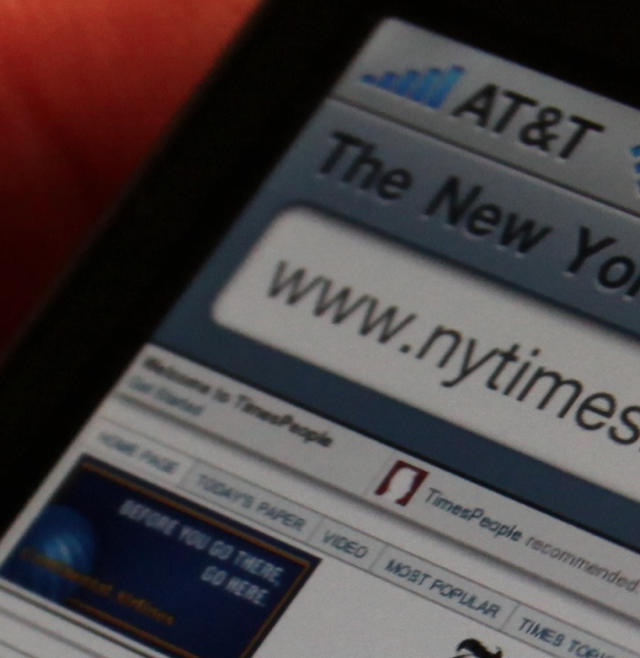Those who have had the luck to play with an iPhone 4 before it’s official June 24th launch have all confirmed that the new handset’s quadruple-density Pixel Display is just as gorgeous as Apple is boasting.
But over at Daring Fireball, John Gruber points out another reason the iPhone 4’s display is so bright, crisp and lurid: a new production process that eliminates the space between the LCD and the touchscreen.
It’s mentioned briefly in Apple’s promotional video about the design of the iPhone 4, but they’re using a new production process that effectively fuses the LCD and touchscreen — there is no longer any air between the two. One result of this is that the iPhone 4 should be impervious to this dust-under-the-glass issue. More importantly, though, is that it looks better. The effect is that the pixels appear to be painted on the surface of the phone; instead of looking at pixels under glass, it like looking at pixels on glass. Combined with the incredibly high pixel density, the overall effect is like “live print”.
It also improved the field of view for the display — you can view the display from an oblique angle and it looks great. Again, like print. It’s like a glossy magazine come to life.
[Image via Ars]


